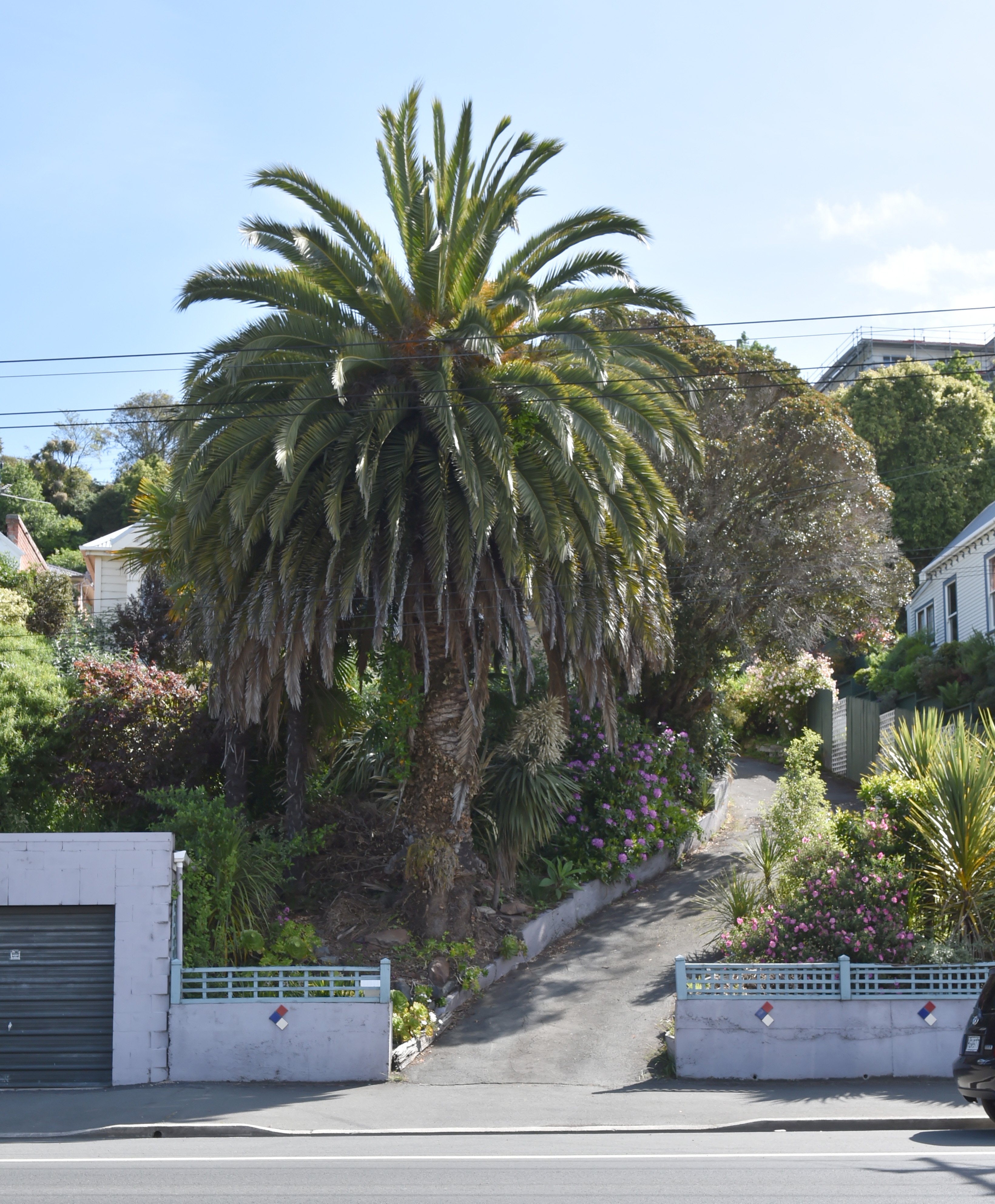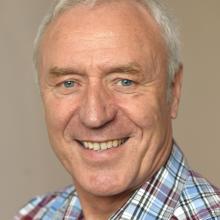

Ever heard of the Guanches? No? Well, they were the original inhabitants of the Canary Islands; those little specks of Spain in the Atlantic Ocean just off the coast of Morocco. The poor blighters were some of the first people to feel the full force of aggressive European colonisation.
It took Spain most of the 15th-century to subdue the hapless Guanches and firmly embed Spanish culture throughout the Canary Islands. European colonisation of the rest of the world over the next 500 years followed pretty much the same pattern.
So what has any of this to do with local trees? It happens that as well as giving us delightful canary birds, gorgeous cineraria flowers (Pericallis species currently peppering Dunedin gardens with purple hues), and towering Echium shrubs (tree echium, tower of jewels), the Canary Islands is the original home of the impressive Canary Island date palm (Phoenix canariensis). Western European colonial powers planted it wherever they went throughout the warmer parts of the world, including New Zealand and Australia. Its thick, straight trunk and massive fountain of tough, spiky leaves say: "I'm sturdy; I'm strong; I'm well-armed; and I'm here to stay - like the people who planted me". It has a "presence" that few other trees of its size can match. It's a kind of living symbol of the colonial times.
Otago has its fair share of these huge palms, and not just along the coast. They are surprisingly frost-hardy. I've seen one in Roxburgh, and there are probably a few in Queenstown and Wanaka.
One of the most prominent Canary Island date palms in Dunedin grows in the front garden of 54 Forbury Rd. Thousands of us have driven past it on the way to St Clair. Even if you go to St Kilda beach along King Edward St and Prince Albert Rd instead, you'll see one emerging from the garden of 67 Oxford St. There are others at 178 Main South Rd, Green Island; 16 Auld St, St Kilda; and 11 Kennedy St, St Clair.
The rather long moniker "Canary Island date palm" makes more sense when you know this tree is very closely related to the true date palm (Phoenix dactylifera). So closely, that pollen from a male tree can set dates in female date palm trees. Phoenix was the name the ancient Greeks used for date palms, as well as for the famous mythical bird. It might have originally been a nod to the Phoenicians, who were the Mediterranean traders par excellence in foodstuffs, dyes and other wares.
Sadly, the fruit of these trees is disappointingly small and dry, though some birds seem to like it. Oh well, you can make palm syrup from the sap if you're desperate. They apparently do this in the Canary Islands themselves.
As if to reinforce their symbolism, Canary Island date palms are doing some unwanted colonising themselves in parts of New Zealand, Australia, South Africa and America. We're still a long way from having to worry about them spreading rampantly across Otago though.
Next time you pass a Canary Island date palm, spare a thought for the Guanches, and ponder what colonisation has meant for you and your forbears, whatever side they were on.











